 As much as I like Boduf Songs, I have to admit that the albums began to all blur together for me at some point, as Mat Sweet’s hushed, morbid, and deliciously Lovecraftian aesthetic is an extremely specific one that he has mined for quite a long time (though 2013's Burnt Up On Re-Entry gamely tried to shake-up that formula).  I certainly do not blame him, as it is a very appealing and distinctive niche, but there is quite a lot of similar-sounding material out there as a result.  And now there is still more…sort of: Stench of Exist is a return to the "classic" Boduf sound, but with some healthy vestiges remaining from Sweet's more adventurous recent work.  The end result is probably one of Mat's finest albums to date and one that definitely features a couple of Boduf's strongest songs ever.
As much as I like Boduf Songs, I have to admit that the albums began to all blur together for me at some point, as Mat Sweet’s hushed, morbid, and deliciously Lovecraftian aesthetic is an extremely specific one that he has mined for quite a long time (though 2013's Burnt Up On Re-Entry gamely tried to shake-up that formula).  I certainly do not blame him, as it is a very appealing and distinctive niche, but there is quite a lot of similar-sounding material out there as a result.  And now there is still more…sort of: Stench of Exist is a return to the "classic" Boduf sound, but with some healthy vestiges remaining from Sweet's more adventurous recent work.  The end result is probably one of Mat's finest albums to date and one that definitely features a couple of Boduf's strongest songs ever.
 A reissue of their debut full length LP, this self-titled album by Austin’s S U R V I V E has the quartet presenting nine distinct synth based compositions that run the gamut between prog experimentation, abstract space, and new wave-esque beats and rhythms. Their stylistic choices and approach to music are both pretty clear, but succeed where many others just try to latch on and ride out the wave of synth nostalgia prevalent these past few years.
A reissue of their debut full length LP, this self-titled album by Austin’s S U R V I V E has the quartet presenting nine distinct synth based compositions that run the gamut between prog experimentation, abstract space, and new wave-esque beats and rhythms. Their stylistic choices and approach to music are both pretty clear, but succeed where many others just try to latch on and ride out the wave of synth nostalgia prevalent these past few years.
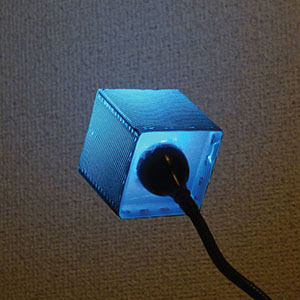 A collaboration between Kouhei Matsunaga (who has worked with everyone from Sensational to Autechre and Asmus Tietchens) and the less prolific Toshio Munehiro, NHK’s ultra minimalist approach to techno may conjure memories of the late 90s/early 2000s glitch and microsound scenes, but their combination of erratic beats and digital expanses feels anything but dated, sounding entirely unique and fresh in 2015.
A collaboration between Kouhei Matsunaga (who has worked with everyone from Sensational to Autechre and Asmus Tietchens) and the less prolific Toshio Munehiro, NHK’s ultra minimalist approach to techno may conjure memories of the late 90s/early 2000s glitch and microsound scenes, but their combination of erratic beats and digital expanses feels anything but dated, sounding entirely unique and fresh in 2015.
 Secrecy and solitude are the twin engines spinning at the heart of Cores/Eruct, Noé Cuéllar and Joseph Kramer's first record on their own Category of Manifestation label. By the time album opener "Bluing" has ended and "Son Form" has begun its unusual cyclic canter, they have already constructed an enigmatic and isolated atmosphere. Though clearly recorded and rigorously performed, Coppice’s songs bewilder. They teeter on the edge of the familiar and flirt with recognition, but are comprised of sounds that evade identification. Those sounds are microscopic, magnified to the point of seclusion, and hermetic, as if trapped inside a great machine churning endlessly in the dark. That sense of perpetuity is what drives the the album. It plays out like an aural mise en abyme, each song, sound, and passage opening upon some aspect itself and spiraling endlessly in a confusion of levers, springs, and eerie melodies.
Secrecy and solitude are the twin engines spinning at the heart of Cores/Eruct, Noé Cuéllar and Joseph Kramer's first record on their own Category of Manifestation label. By the time album opener "Bluing" has ended and "Son Form" has begun its unusual cyclic canter, they have already constructed an enigmatic and isolated atmosphere. Though clearly recorded and rigorously performed, Coppice’s songs bewilder. They teeter on the edge of the familiar and flirt with recognition, but are comprised of sounds that evade identification. Those sounds are microscopic, magnified to the point of seclusion, and hermetic, as if trapped inside a great machine churning endlessly in the dark. That sense of perpetuity is what drives the the album. It plays out like an aural mise en abyme, each song, sound, and passage opening upon some aspect itself and spiraling endlessly in a confusion of levers, springs, and eerie melodies.
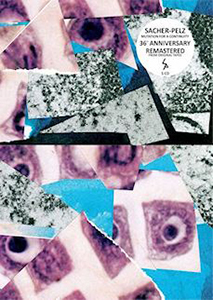 Before Maurizio Bianchi was recording as M.B., or under his own name, he released a series of four tapes as Sacher-Pelz. In a short span between August 1979 and March 1980, his output showed the development from seemingly random, sloppy tape manipulations into something structured and composed, and a direct precursor to what would define Bianchi's work in the early 1980s. Reissued for the material’s 36th anniversary and expanded with the M.B. Plays Sacher-Pelz album, this set captures material that is both historically relevant, and exceptionally strong proto-noise music.
Before Maurizio Bianchi was recording as M.B., or under his own name, he released a series of four tapes as Sacher-Pelz. In a short span between August 1979 and March 1980, his output showed the development from seemingly random, sloppy tape manipulations into something structured and composed, and a direct precursor to what would define Bianchi's work in the early 1980s. Reissued for the material’s 36th anniversary and expanded with the M.B. Plays Sacher-Pelz album, this set captures material that is both historically relevant, and exceptionally strong proto-noise music.
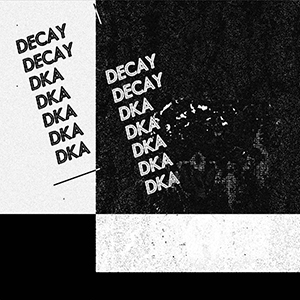 Atlanta's DKA Records has been quietly issuing vinyl for the past few years that sits on the outside of conventional techno or electronic music. Impeccable quality with an appropriately dark edge, they received a bump in notoriety last year issuing High-Functioning Flesh's debut album, which made waves into the conventional industrial/EBM world. This compilation, featuring them amongst other label luminaries, has a nice throwback feel while sounding anything but dated.
Atlanta's DKA Records has been quietly issuing vinyl for the past few years that sits on the outside of conventional techno or electronic music. Impeccable quality with an appropriately dark edge, they received a bump in notoriety last year issuing High-Functioning Flesh's debut album, which made waves into the conventional industrial/EBM world. This compilation, featuring them amongst other label luminaries, has a nice throwback feel while sounding anything but dated.
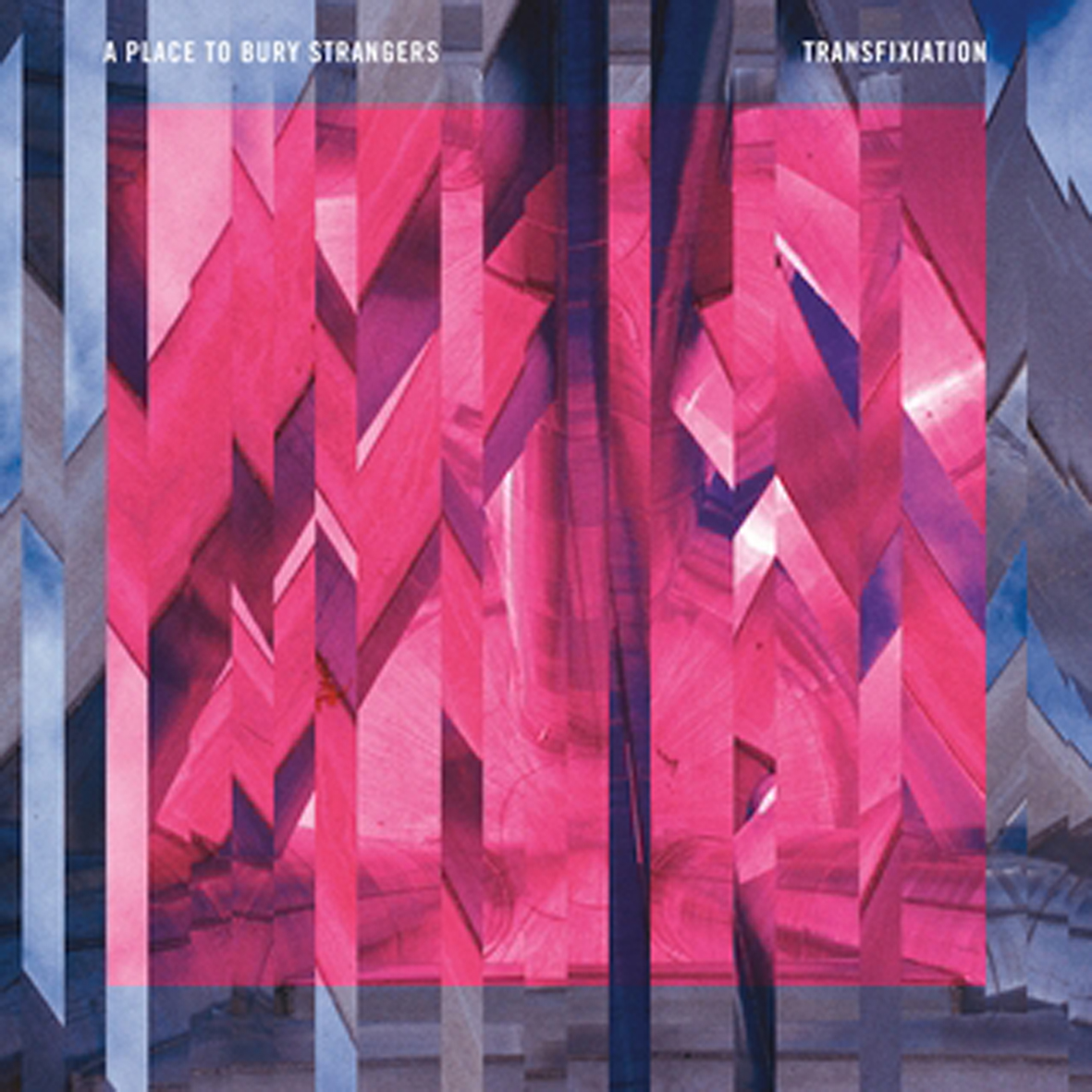
This Brooklyn trio’s fourth full-length almost did not happen, as the band was plagued by a host of tensions, false-starts, and creative second-guessing before everything eventually came together.  Ostensibly, Transfixiation is an attempt to translate Strangers' live intensity into their studio work in hopes of creating something more dangerous and unhinged, but their intensity has never exactly been in question for me: narrowness of focus might be a bit of problem, but lack of bad-assness definitely is not.  Transfixiation sounds more or less exactly like I would expect a new APTBS album to sound (like a darker, more pissed-off Jesus and Mary Chain), which is perfectly fine by me–they are what they are and they are very good at it.  All I hoped for was a few more great songs and Transfixiation did not fail me at all.
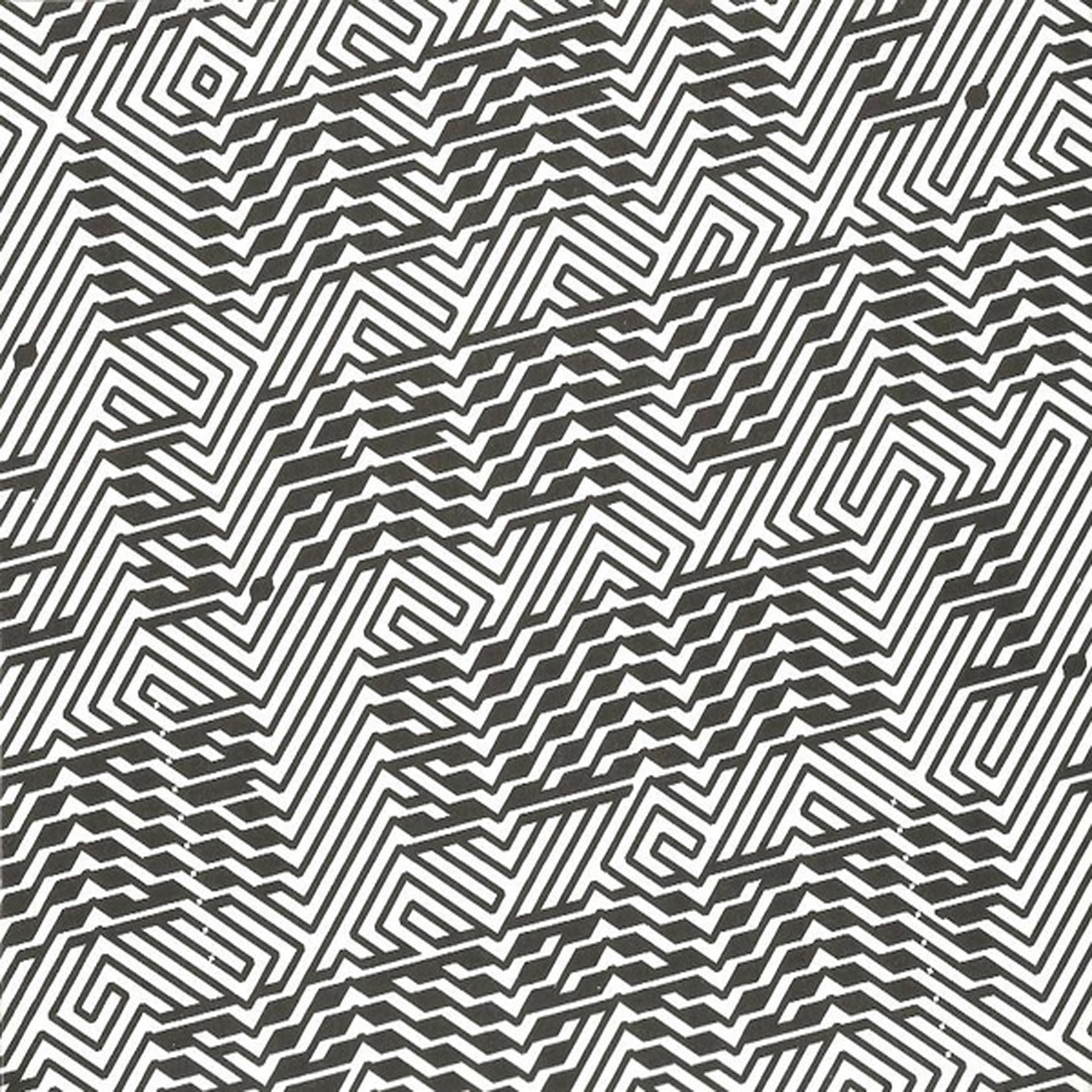
Simon Crab was one of the founding members of Bourbonese Qualk, who were easily one of the most strange and compelling bands to emerge from the ‘80s underground.  They were also sometimes one of the best, but they never quite achieved the stature in the post-industrial canon that they deserved.  A good part of that is probably due to their constantly shifting and eclectic style, though they seemed to perfect their singular mélange of electronic music, mutant funk, gamelan, and experimentalism by 2001's On Uncertainty (their final album).  With After America, Crab essentially picks up right where his band left off (though sans funk), offering up a distinctively kaleidoscopic and uncategorizable fantasia on the evergreen theme of America's decline.
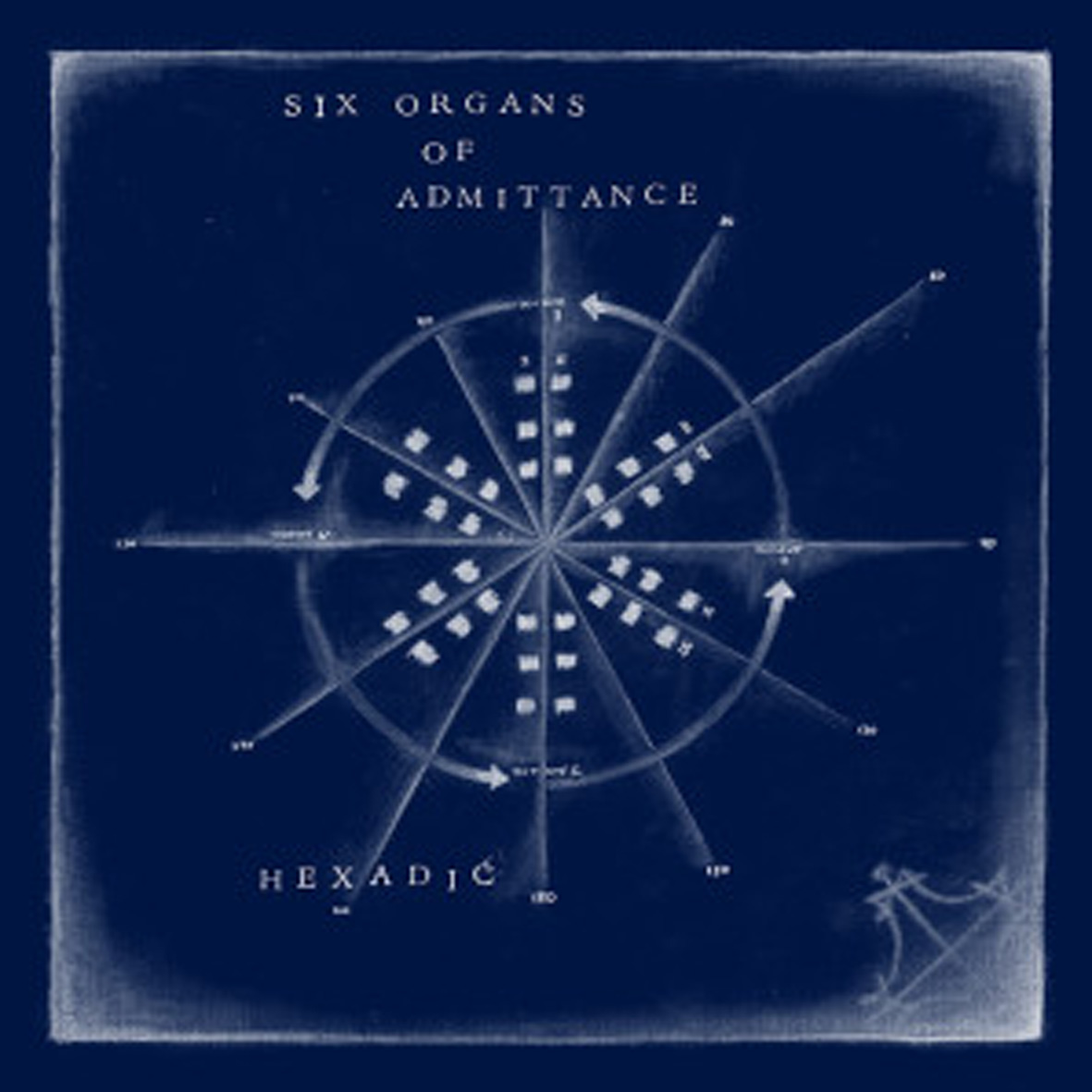 I have always been a rather casual Six Organs fan, generally enjoying whatever it is that Ben Chasny is up to at a given time, but not exactly salivating over the prospect of a new album.  Something about Drag City's cryptic description of Hexadic piqued my interest though and rightly so: this is strange and fascinating album.  The most notable aspect, certainly, is that Chasny used a self-created system of playing cards based upon the wisdom of a 14th century monk to compose a "rock" album.  That certainly does not happen every day.  Aside from that, Hexadic boasts an absolutely incendiary psych-guitar tour de force called "Wax Chance" that easily stands with anything by Les Rallizes Denudes or Mainliner.  I definitely did not expect that either.
I have always been a rather casual Six Organs fan, generally enjoying whatever it is that Ben Chasny is up to at a given time, but not exactly salivating over the prospect of a new album.  Something about Drag City's cryptic description of Hexadic piqued my interest though and rightly so: this is strange and fascinating album.  The most notable aspect, certainly, is that Chasny used a self-created system of playing cards based upon the wisdom of a 14th century monk to compose a "rock" album.  That certainly does not happen every day.  Aside from that, Hexadic boasts an absolutely incendiary psych-guitar tour de force called "Wax Chance" that easily stands with anything by Les Rallizes Denudes or Mainliner.  I definitely did not expect that either.
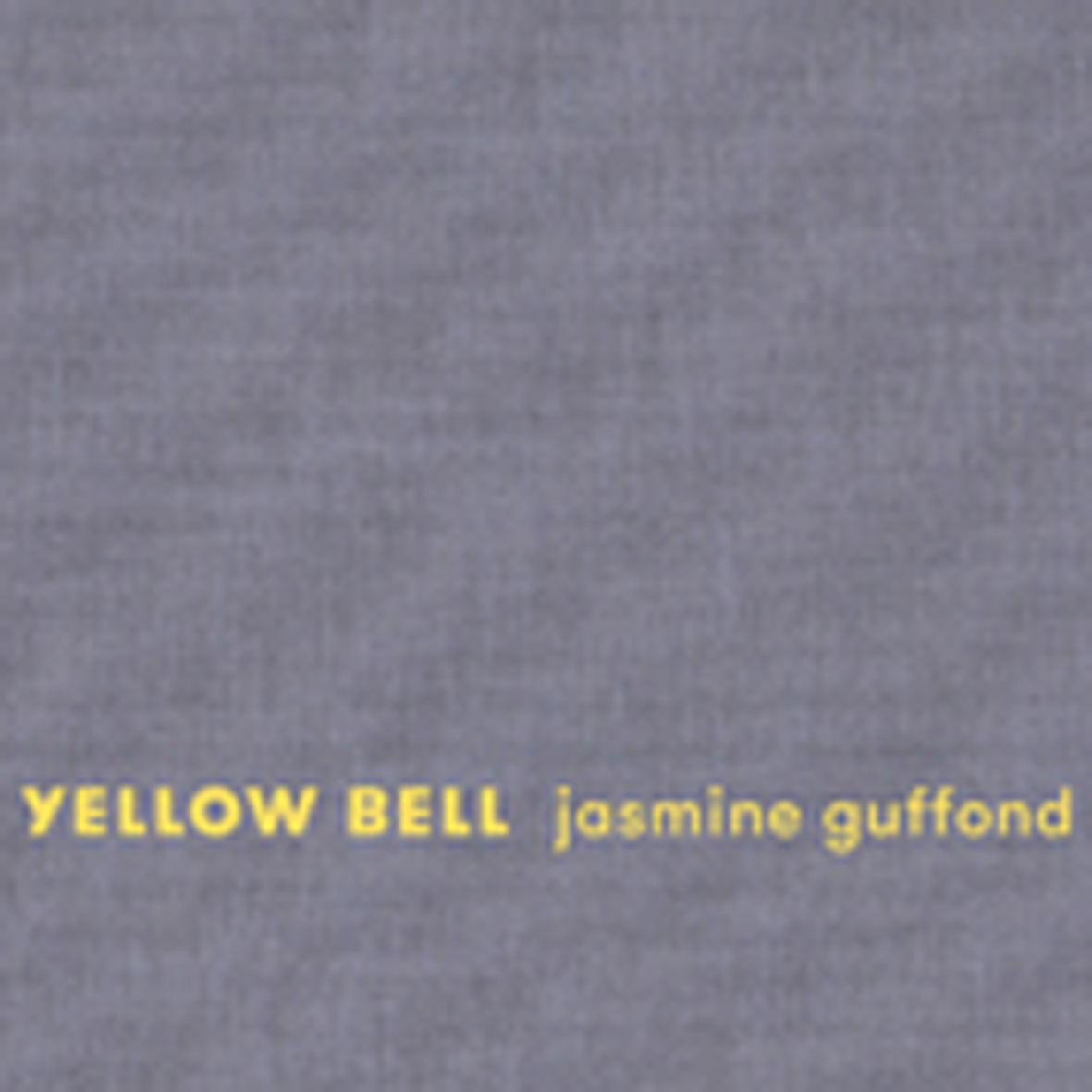 Jasmine Guffond’s reinvention under her given name appeared a few months ago amidst a surprising amount of buzz and favorable comparisons to artists like Grouper and early Julia Holter, which is somewhat surprising for an artist who is already this deep into her career.  I suppose those Grouper comparisons will certainly grab people's attention and I accept that Liz Harris is a decent reference point in some respects, but Jasmine's not-quite fully formed aesthetic sounds like it is mostly her own to me (or is at least amorphous enough to make her influences largely irrelevant).  At its core, Yellow Bell is very much a warm and lush drone album, but its appeal lies in how tender, human, and unconventional Guffond can be within those confines.  While not quite a start-to-finish triumph, the bulk of Yellow Bell is indeed quite good or even sublimely beautiful.  The buzz was not misplaced.
Jasmine Guffond’s reinvention under her given name appeared a few months ago amidst a surprising amount of buzz and favorable comparisons to artists like Grouper and early Julia Holter, which is somewhat surprising for an artist who is already this deep into her career.  I suppose those Grouper comparisons will certainly grab people's attention and I accept that Liz Harris is a decent reference point in some respects, but Jasmine's not-quite fully formed aesthetic sounds like it is mostly her own to me (or is at least amorphous enough to make her influences largely irrelevant).  At its core, Yellow Bell is very much a warm and lush drone album, but its appeal lies in how tender, human, and unconventional Guffond can be within those confines.  While not quite a start-to-finish triumph, the bulk of Yellow Bell is indeed quite good or even sublimely beautiful.  The buzz was not misplaced.
 Sarah Davachi is a young Vancouver-based artist who shares that passion for old analog synthesizers that is so rampant these days.  Stylistically, however, she is an old-style composer that shares much more common ground with minimalist drone royalty like Eliane Radigue and Phill Niblock than she does with the current pack of squiggling, blurting, and entropy-minded synth revivalists.  Also, she seems to have a fine intuitive grasp on the limits of such gear and ingeniously employs strings, flutes, and a harmonium to elevate her pieces into something better and more distinctly her own.  More importantly, this is exactly the sort of drone that I love and Davachi manages to do it better than just about anybody.  This is already a lock for one of my favorite albums of 2015.
Sarah Davachi is a young Vancouver-based artist who shares that passion for old analog synthesizers that is so rampant these days.  Stylistically, however, she is an old-style composer that shares much more common ground with minimalist drone royalty like Eliane Radigue and Phill Niblock than she does with the current pack of squiggling, blurting, and entropy-minded synth revivalists.  Also, she seems to have a fine intuitive grasp on the limits of such gear and ingeniously employs strings, flutes, and a harmonium to elevate her pieces into something better and more distinctly her own.  More importantly, this is exactly the sort of drone that I love and Davachi manages to do it better than just about anybody.  This is already a lock for one of my favorite albums of 2015.
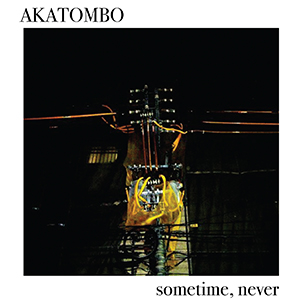 Paul Thomsen Kirk’s output as Akatombo has always leaned more into the harsher side of danceable beats and electronics, but on his fourth album, he has pushed that envelope even further. Huge bass-heavy beats, weird lo-fi sample loops and random sounds abound, and the result is an album that is reminiscent of a more westernized Muslimgauze or the best moments of late-period Techno Animal.
Paul Thomsen Kirk’s output as Akatombo has always leaned more into the harsher side of danceable beats and electronics, but on his fourth album, he has pushed that envelope even further. Huge bass-heavy beats, weird lo-fi sample loops and random sounds abound, and the result is an album that is reminiscent of a more westernized Muslimgauze or the best moments of late-period Techno Animal.
 Mike Shiflet might be most well known for his work as a noise artist, but a significant portion of his work features him utilizing guitar. Here, in collaboration with High Aura'd (John Kolodij), the two coax a wide variety of sounds out of their respective six stringed instruments, resulting in an album that is as much noise as it is music.
Mike Shiflet might be most well known for his work as a noise artist, but a significant portion of his work features him utilizing guitar. Here, in collaboration with High Aura'd (John Kolodij), the two coax a wide variety of sounds out of their respective six stringed instruments, resulting in an album that is as much noise as it is music.
 A prolific DJ with a number of singles out, the descriptively titled A Tape is German artist Helena Hauff's first full length release. A combination of stripped down minimal techno, house beats, and industrial dissonance, it is a gripping tape of heavy percussion, noisy synth, and extremely memorable rhythms.
A prolific DJ with a number of singles out, the descriptively titled A Tape is German artist Helena Hauff's first full length release. A combination of stripped down minimal techno, house beats, and industrial dissonance, it is a gripping tape of heavy percussion, noisy synth, and extremely memorable rhythms.
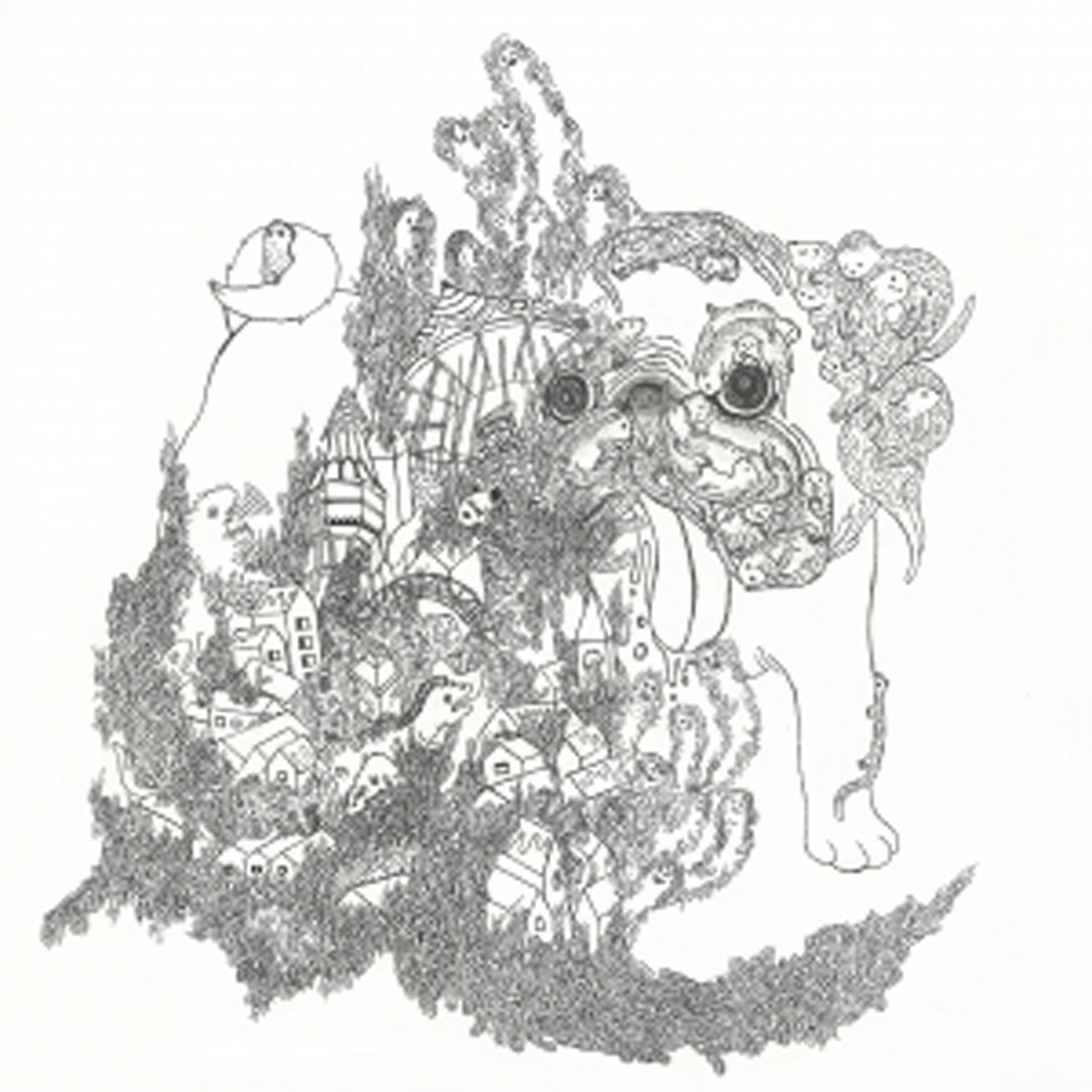 This is certainly an early candidate for the most unexpected release of the year, as few people presumably anticipated that James Blackshaw would suddenly start singing ten albums deep into his career.  As it turns out, he handles the transition from guitar virtuoso to singer/songwriter quite well.  The nearest reference point is unavoidably something like Jim O’Rourke’s jaunty Eureka, as Blackshaw at his best displays a similarly eccentric sensibility and appreciation for kitsch mingled with impeccable musicianship and colorful arrangements.   Although Suns admittedly suffers as a complete statement due to a few lulls, missteps, and a wandering stylistic focus, it mostly makes up for it with the strength of its breezy, charming "singles" and a handful of great instrumental passages.
This is certainly an early candidate for the most unexpected release of the year, as few people presumably anticipated that James Blackshaw would suddenly start singing ten albums deep into his career.  As it turns out, he handles the transition from guitar virtuoso to singer/songwriter quite well.  The nearest reference point is unavoidably something like Jim O’Rourke’s jaunty Eureka, as Blackshaw at his best displays a similarly eccentric sensibility and appreciation for kitsch mingled with impeccable musicianship and colorful arrangements.   Although Suns admittedly suffers as a complete statement due to a few lulls, missteps, and a wandering stylistic focus, it mostly makes up for it with the strength of its breezy, charming "singles" and a handful of great instrumental passages.
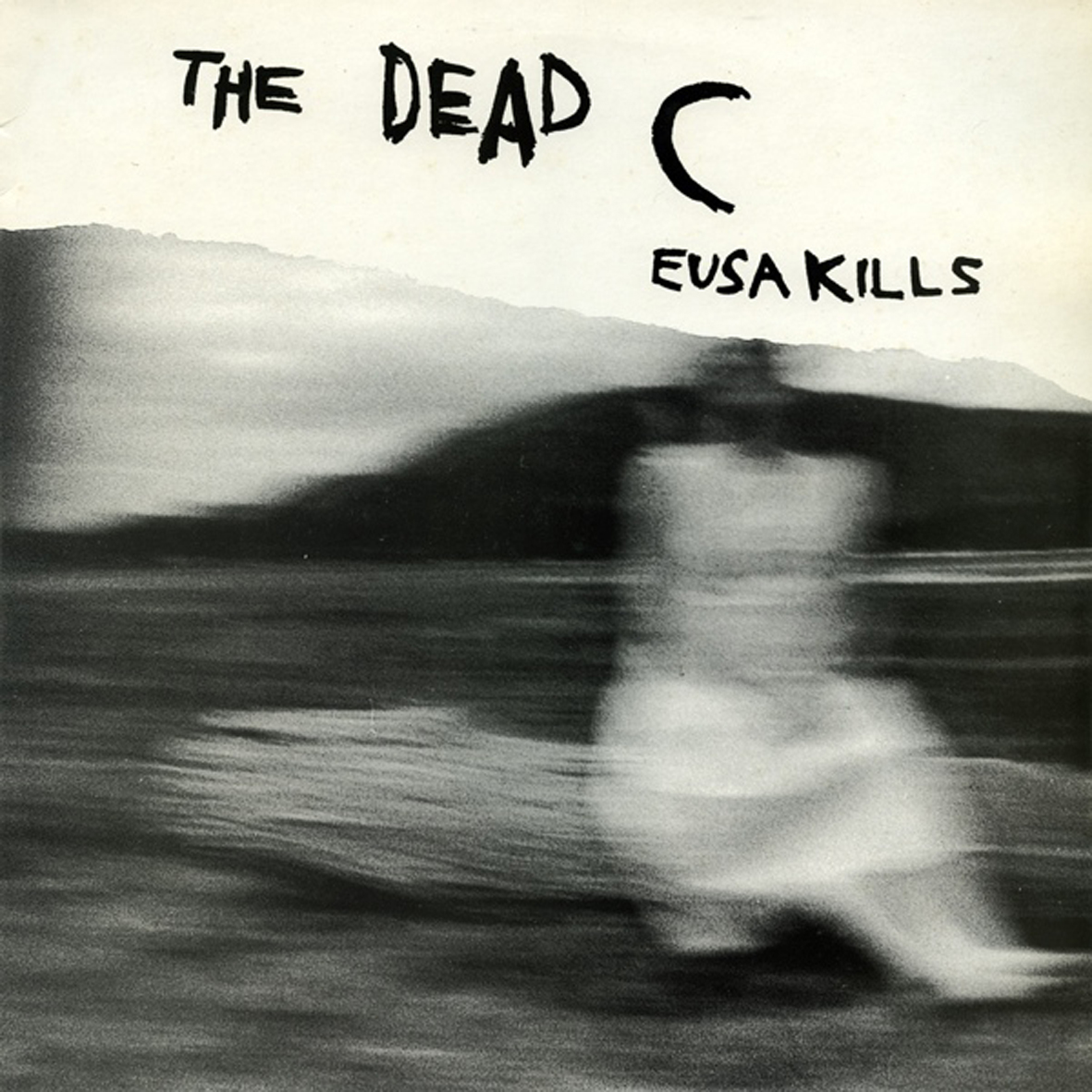 This 1989 album is most notable for being generally regarded as The Dead C’s "pop" album.  Also, a lot of people seem to rank it quite highly within the band’s discography.  I find both of those designations somewhat puzzling, however, as the only real concessions to conventional rock music are the stellar opener and a cacophonous, shambolic T. Rex cover.  Other than that, Eusa Kills is just a lot of messy, half-baked, and contrarian business-as-usual for The Dead C.  The band admittedly keeps most of the songs to pop song durations, but that is less of a structural and songcraft achievement than a decision to just fade out earlier than usual.  While Eusa Kills has its moments, it is far from The Dead C’s prime.
This 1989 album is most notable for being generally regarded as The Dead C’s "pop" album.  Also, a lot of people seem to rank it quite highly within the band’s discography.  I find both of those designations somewhat puzzling, however, as the only real concessions to conventional rock music are the stellar opener and a cacophonous, shambolic T. Rex cover.  Other than that, Eusa Kills is just a lot of messy, half-baked, and contrarian business-as-usual for The Dead C.  The band admittedly keeps most of the songs to pop song durations, but that is less of a structural and songcraft achievement than a decision to just fade out earlier than usual.  While Eusa Kills has its moments, it is far from The Dead C’s prime.
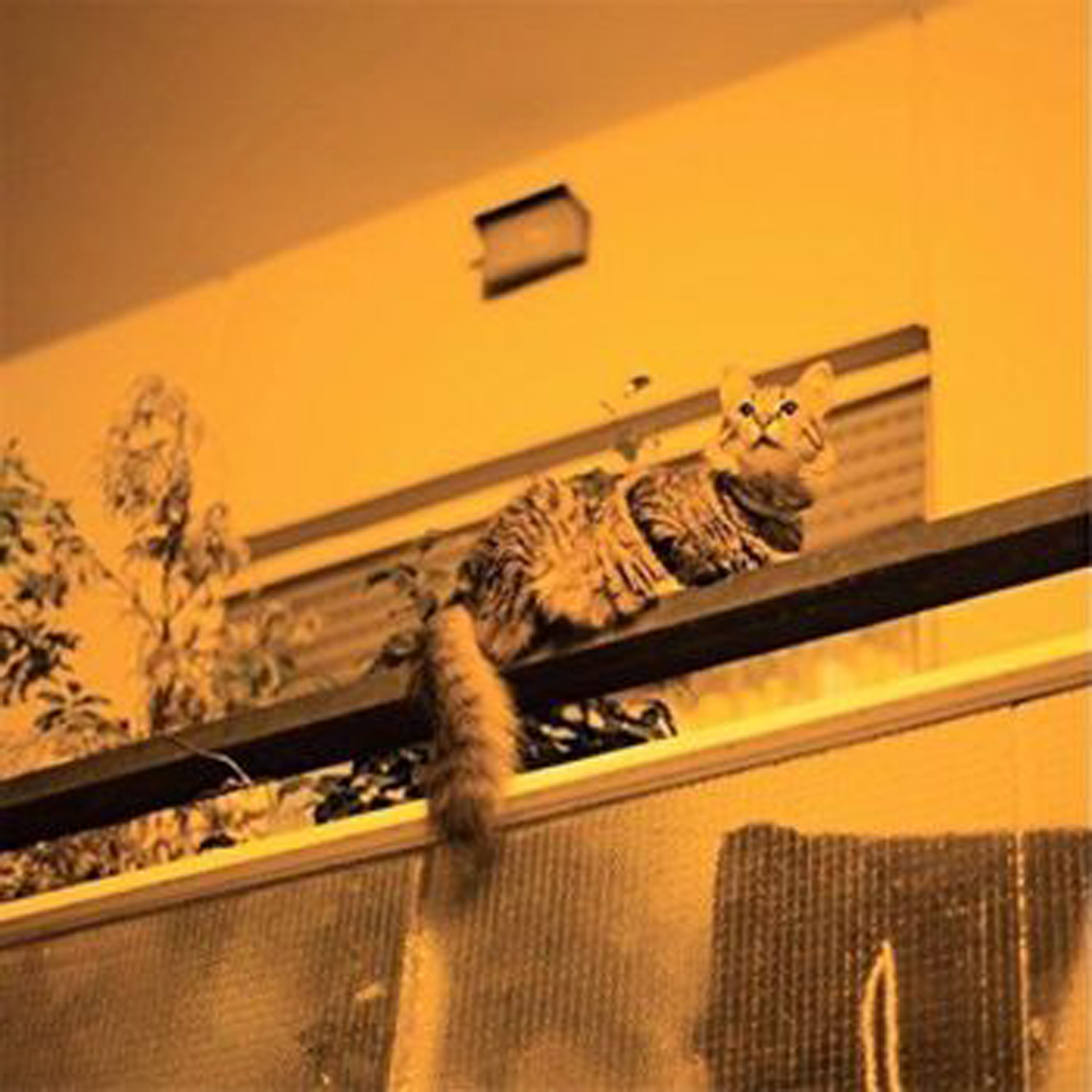 Prekop’s first modular synthesizer solo album (2010's Old Punch Card) came as quite a surprise, but he adapted to the instrument extremely well and later used it to excellent effect on The Sea and Cake's Runner. He returns with another solo synth opus and the only real surprise this time is how great it is: Prekop seems intent on making an unexpected run to the head of the synth revival pack.  While I do not think Alessandro Cortini needs to start panicking that he will stop getting calls for gigs anytime soon, the nine pieces that comprise the "Republic" half of The Republic are as masterfully composed, assured, beautiful, and effortlessly contemporary as anything by any of the genre's other luminaries.
Prekop’s first modular synthesizer solo album (2010's Old Punch Card) came as quite a surprise, but he adapted to the instrument extremely well and later used it to excellent effect on The Sea and Cake's Runner. He returns with another solo synth opus and the only real surprise this time is how great it is: Prekop seems intent on making an unexpected run to the head of the synth revival pack.  While I do not think Alessandro Cortini needs to start panicking that he will stop getting calls for gigs anytime soon, the nine pieces that comprise the "Republic" half of The Republic are as masterfully composed, assured, beautiful, and effortlessly contemporary as anything by any of the genre's other luminaries.
 Steve Flato's inaugural cassette release from Lengua de Lava bears two illuminating dedications: one to Richard Maxfield, the innovative American composer, Fluxus member, and electronic music pioneer, and one to Eliane Radigue, the French-born Buddhist convert, equally innovative, whose experiments with feedback, tape loops, and synthesizers gave birth to some of the subtlest and most hypnotic music of the 20th century. The influence of both can be heard on Mara's Daughters, but for the first 41 minutes—the entirety of side A—Radigue's ultra-precise, slowly-unfolding sound is upended. Flato plots his course over harsher terrain. His sound is confrontational and messy, a constantly churning chaos of grinding noise and digital squeals rendered with impressive clarity. It is the kind of bedlam that would ordinarily repel meditation or introspection, but Flato's stratified attack is so massive it implodes and, by unexpected means, pulls the listener into the reflective stillness at its center.
Steve Flato's inaugural cassette release from Lengua de Lava bears two illuminating dedications: one to Richard Maxfield, the innovative American composer, Fluxus member, and electronic music pioneer, and one to Eliane Radigue, the French-born Buddhist convert, equally innovative, whose experiments with feedback, tape loops, and synthesizers gave birth to some of the subtlest and most hypnotic music of the 20th century. The influence of both can be heard on Mara's Daughters, but for the first 41 minutes—the entirety of side A—Radigue's ultra-precise, slowly-unfolding sound is upended. Flato plots his course over harsher terrain. His sound is confrontational and messy, a constantly churning chaos of grinding noise and digital squeals rendered with impressive clarity. It is the kind of bedlam that would ordinarily repel meditation or introspection, but Flato's stratified attack is so massive it implodes and, by unexpected means, pulls the listener into the reflective stillness at its center.
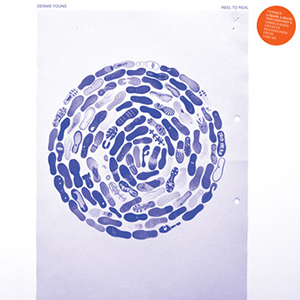 Reel to Real collects Liquid Liquid percussionist Dennis Young's early home recordings while a member of the pioneering New York dance band. Captured on reel-to-reel recordings, hence its (somewhat painfully cliché) title, these pieces range from random experiments to near songs that still have an endearing demo quality to them.
Reel to Real collects Liquid Liquid percussionist Dennis Young's early home recordings while a member of the pioneering New York dance band. Captured on reel-to-reel recordings, hence its (somewhat painfully cliché) title, these pieces range from random experiments to near songs that still have an endearing demo quality to them.
 Sigmarsson's work with the Icelandic group Stilluppsteypa frequently showcases both absurdity and dissonance heavily, and while his own work bears traces of that, divorced from any imagery, has more of a dark quality to it. At times austere, but not at all devoid of humor, it is three long pieces that never become stagnant resulting in a gripping collection of tones and textures.
Sigmarsson's work with the Icelandic group Stilluppsteypa frequently showcases both absurdity and dissonance heavily, and while his own work bears traces of that, divorced from any imagery, has more of a dark quality to it. At times austere, but not at all devoid of humor, it is three long pieces that never become stagnant resulting in a gripping collection of tones and textures.



